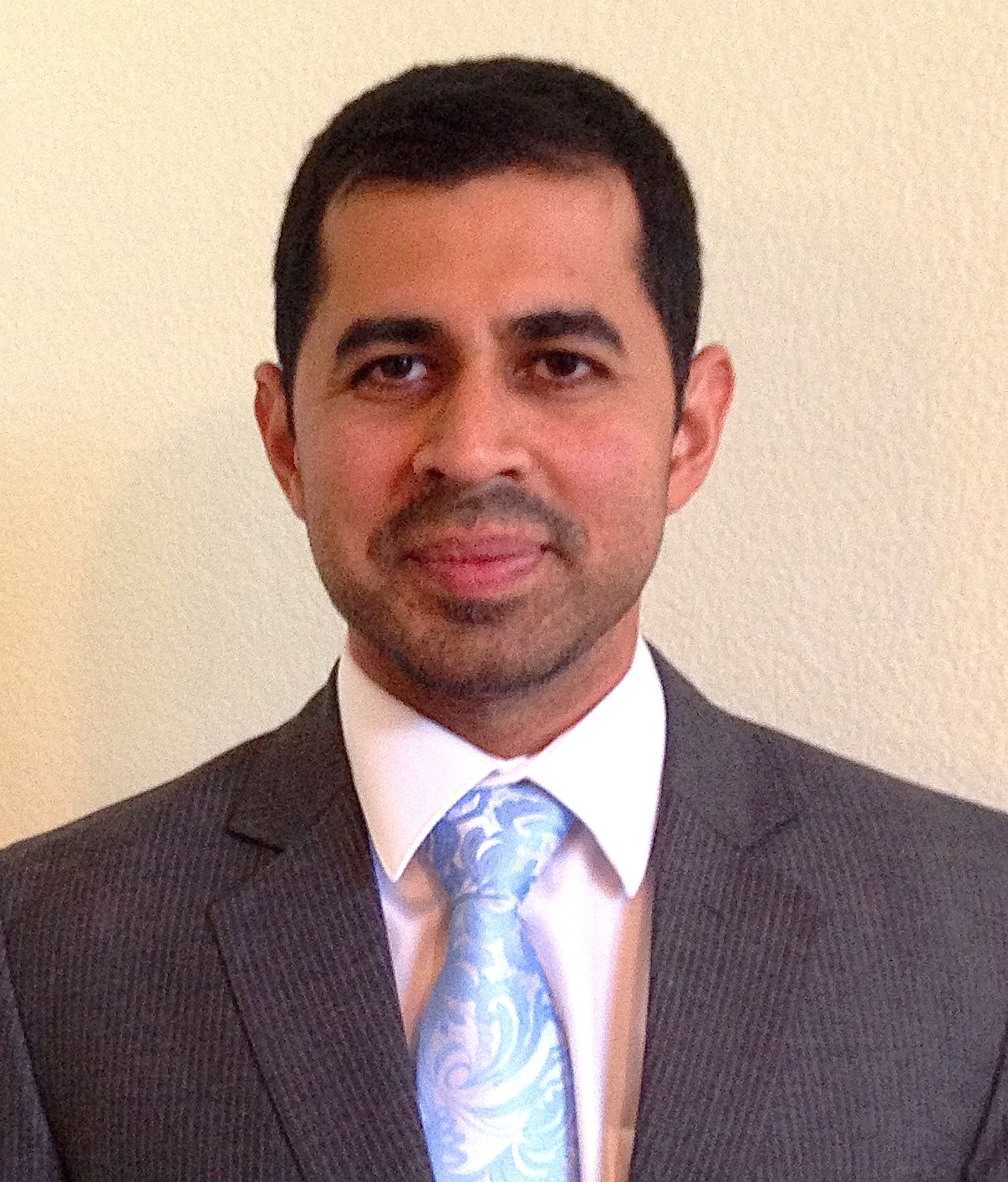How to Describe & Interpret Sandstone Reservoirs in Core?
OR
About the Course
The purpose of this series is for the average geoscientist who lacks a strong sedimentology-stratigraphy background to be able to describe and interpret core without hesitation. You will learn
1. How to approach your core?
- Equipment to take with you
- Equipment most labs will provide - Cleaning and organizing core
2. What all should I document?
- Grain size and lithology - Sorting
- Color
- Bed thicknesses
- Bedding contacts
3. What kind of template should I be using?
- Standardized templates
- Software options
- How to design your own fit-to-purpose template
4. Common sedimentary structures in fluvial and shallow marine core
- Ripples
- Cross-stratification
- Plane beds
- Hummocky and Swaley Cross Stratification - Soft Sediment Deformation
- Root traces
- Normal Grading
- Lenticular, flaser and wavy bedding
5. Common sedimentary structures in deep marine core
- Massive bedding
- Inverse grading
- Floating clasts
- Water escape features
6. Importance of noting Trace fossils and Bioturbation
- Measuring bioturbation index
- Common marine trace fossils
- The ichnofacies concept and its utility
7. How to identify key-sequence stratigraphic surfaces
- The Maximum Flooding Surface
- The Sequence Boundary
- The Maximum Regressive Surface - Flooding Surfaces
8. Stacking patterns
- Parasequences
- Progradation, Retrogradation and Aggradation
9. Identification of baffles and barriers to fluid flow
- Shale and mudstones - Coal
- Cemented zones
10. Final steps before you leave the core laboratory
- Overview photos
- Photos of all important features
- Photos of features you could not describe - Re-checking bed contact data
Course Blog
All you need to start describing core
Your Instructor

Dr. Ali Jaffri is the founder of Applied Stratigraphix LLC, has a doctorate in geology, and specializes in sequence stratigraphy. Between consulting projects, full-time positions and internships he has worked on the North Sea, Norwegian Sea, Barents Sea, West and East Africa, Lower Indus Basin, the Pricaspian Basin, Taranaki Basin and several US onshore Basins. Unlike most sedimentologists and stratigraphers Dr. Jaffri is equally proficient in carbonates and siliciclastics.
His doctorate at Colorado State University focused on sequence stratigraphy of mixed carbonate-siliciclastic-evaporite systems. Doctoral work was supplemented with projects with ExxonMobil Research Labs, Chevron, ConocoPhillips, Delta Petroleum, and Brigham Oil and Gas. Masters Degree was acquired from Oklahoma State University and the thesis focused on mechanical stratigraphy of a fractured carbonate reservoir. Bachelors from the University of Colorado at Boulder involved fieldwork on fluvial stratigraphy.
He has trained over 500 oil and gas professionals from 21 companies in 7 different countries.
Course Curriculum
-
PreviewCourse Overview (1:00)
-
Start1. Preparation Before Description (8:16)
-
Start2. Washing the Core (2:39)
-
Start3. Selecting a Suitable Template (6:14)
-
Start4. Grain Size, Lithology and Contacts (6:30)
-
Start5. Sedimentary Structures in Fluvial and Shallow Marine Systems I (11:28)
-
Start6. Sedimentary Structures in Fluvial and Shallow Marine Systems II (8:34)
-
Start7. Sedimentary Structures in Deep Marine Systems (13:05)
-
Start8. How to Calibrate Image Logs with Core (5:28)
-
Start9. Introduction to Ichnology (Trace Fossils) (9:24)
-
Start10. Introduction to Sequence Stratigraphy (8:44)
-
Start11. Identifying Barriers and Baffles to Fluid Flow (5:43)
-
Start12. Before You Leave the Core Lab (4:54)
